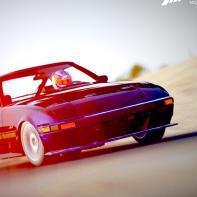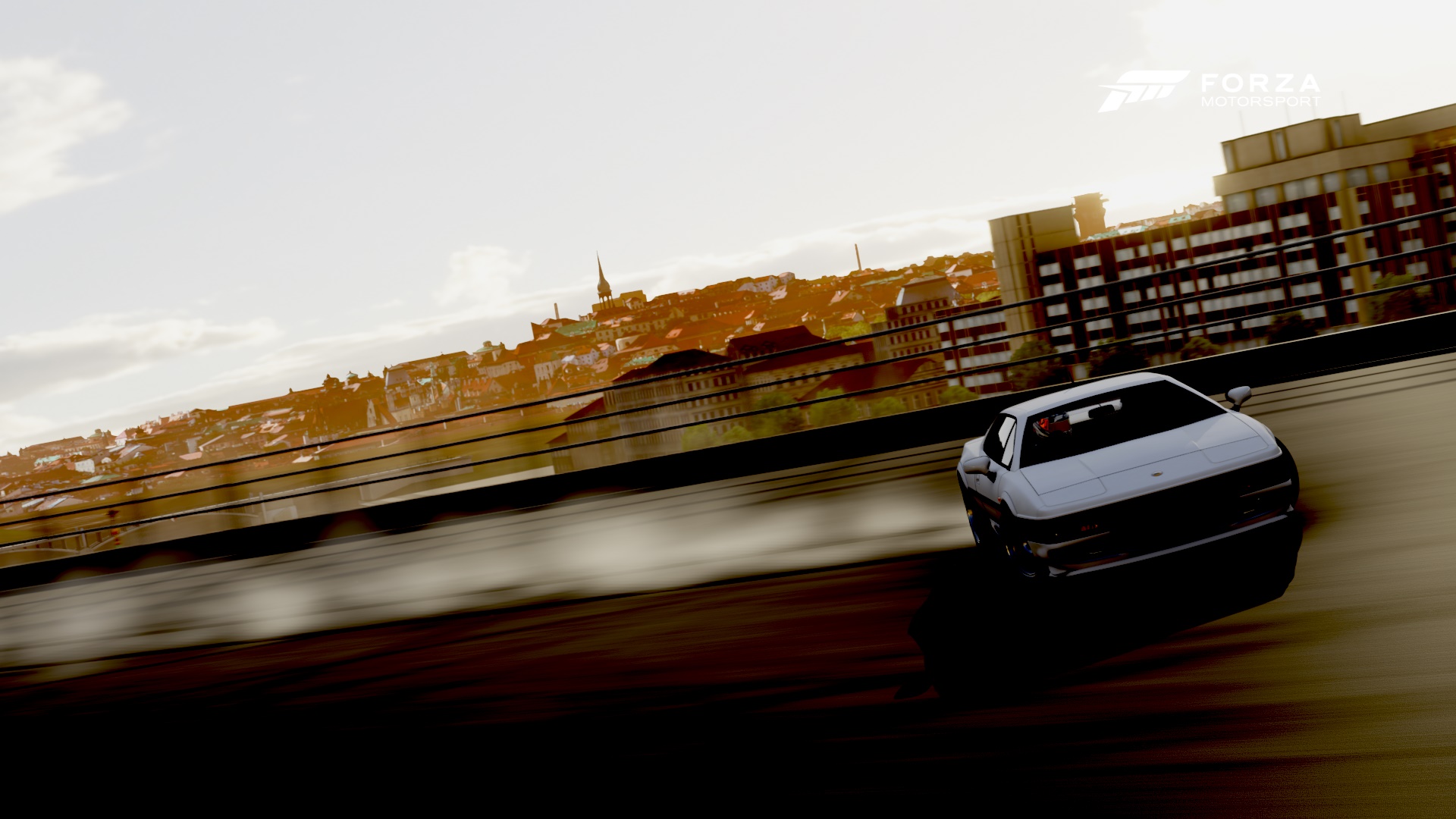-
Posts
1,067 -
Joined
-
Last visited
Content Type
Profiles
Forums
8Tracks
Events
Blogs
Everything posted by Cerrax
-
Cheating Chiptunes OR How To Make Chiptunes Without Learning A Tracker First of all, if you are dead serious about making chiptunes, you should go over this thread ( http://ocremix.org/forums/showthread.php?t=13715 ), because real chip musicians use trackers and its the only way to get the truly original chip sound. For the rest of us who just think it's a neato sound and maybe want to stick it into a mix, this thread is for you. Anyway, linky link: [http://cerrax-rant.blogspot.com/2010/08/rant-titlecheating-chiptunes.html Enjoy
-
http://cerrax-rant.blogspot.com/2010/08/rant-titlecheating-chiptunes.html
-
nevermind. did not read rules. sorry. delete thread plz.
-
Thanks guys! I've been missing my Audio Inspector and this is perfect!
-
"8-bit" music as it's commonly referred to is noting more than a simple analog synth. All you need is a synth with a single oscillator that can do pwm (pulse width modulation) and white noise. Just about any synthesizer can do this.
-

Limiter plus compressor = good idea?
Cerrax replied to GarretGraves's topic in Music Composition & Production
Yeah I felt like the snare was quite loud and probably caused a lot of spikes. As well as the low end on the whole song. Pretty much exactly what Moseph said -

Happy Birthday, José the Bronx Rican!
Cerrax replied to Jillian Aversa's topic in General Discussion
If I was more talented I would make you a birthday video, because yours are always so awesome! Happy birthday! -

Limiter plus compressor = good idea?
Cerrax replied to GarretGraves's topic in Music Composition & Production
I like that analogy Yoozer. It really helps someone visualize what is happening when mixing. It's a cliché analogy because it works. -

Limiter plus compressor = good idea?
Cerrax replied to GarretGraves's topic in Music Composition & Production
He's talking about cutting any frequencies that aren't useful to the sound in the full mix. As with a metal mix, the bass and kick drum are going to need a lot of room in the low end of the sound spectrum, so there's no need for the guitar to have any frequencies down in that range. Use a parametric EQ to cut out the frequencies that aren't necessary for that instrument. If you don't, it will sound muddy and it will be very hard to make it loud without entirely squishing and distorting the sound. It's like a giant puzzle of sound waves. You don't want to just cram any old wave into the mix, you have to shape it to make it fit nicely. Each track should have it's own spot in the frequency spectrum and stereo spectrum. You don't want tracks fighting each other because they're trying to squeeze into the same space. If two tracks have same frequency range, move them to different parts of the stereo spectrum (with a metal song, that would mean the guitars should be panned to different sides of the stereo mix, so they don't blend together). The kick drum and the bass are usually in the center of the stereo mix, but they should be in different frequency ranges, so that they don't clash with each other. Obviously, some crossover will occur, but the idea is to try separate the tracks as best you can so that they don't fight for dominance in the mix and blend together and get all muddy. -
So I used to have Elemental Audio Inspector but when I migrated to my new comp it didn't come over with all my other plug-ins. So does anybody know of a good, free, spectrum analyzer? I'm running Logic Express 7 on a Intel Core 2 Duo 2.2 GHz, 2 GB RAM, so I can only use Audio Units, no VST
-

Limiter plus compressor = good idea?
Cerrax replied to GarretGraves's topic in Music Composition & Production
Most DAWs come with decent compressors, though I'm not terribly certain what third-party compressors/limiters are out there. I just use my DAW's (Logic) compressor and limiter. Basically, their names explain their function. A compressor uses a ratio to reduce the difference between the loudest and softest parts of a wave. It COMPRESSES the sound. A limiter simply reduces a wave's loudness below a certain threshold. It LIMITS how loud the wave can get. Just be careful how much compression and limiting you use. The last thing you want is a brickwall/wall-of-sound effect where the wave just looks like one giant rectangle on your screen. On that note, it's not a bad idea to use a multi-band compressor along with a limiter for a master track. Some light compression with a multi-band can keep erratic frequencies (such as a punchy snare) from ruining the mix. -
I use my laptop as my main DAW. It has a 2.4 GHz Core 2 Duo with 2 GB of RAM and I rarely run into issues with performance. It starts to struggle when I have about 13 Kontakt instances, 3 Guitar Rig instances, XLN Addictive Drums, and multiple EQ's and other effects running at once. But it can even pile on a few more things before it pops up and says enough is enough. And my personal preference is to run all samples from the internal drive, but as long as you have a fairly fast external, it shouldn't cause a problem. My lappy has a 250GB drive so I can afford to load 70 GB of samples without greatly affecting performance.
-
QFT. I think a lot of people forget this one. Even live drums are sometimes mixed with samples and/or multiple live drums to get a full, rich sound.
-

How long has it taken you to musically get where you are today?
Cerrax replied to Gario's topic in General Discussion
I think one thing people need to remember is to be involved in the community. OCR is the best online community to learn and grow. The more you do in the community, the better you will be. I've honestly learned more about myself and my music and gotten more exposure from compos like the Robot Master Remix Battle and projects than from when I was posted! -

What was the first video game soundtrack that you were drawn to?
Cerrax replied to Flexstyle's topic in General Discussion
THIS. My friend bought it for my birthday and we stayed up all night playing that damn game. The music was mind-blowing. -

finished Sunset Riders - Bleeding Guns
Cerrax replied to DjMystix's topic in Post Your Game ReMixes!
Wow, this is pretty cool. Me likes! The drums and guitar are pretty loud. I would tone them down just a tiny bit. Maybe add a few little things in the intro. 40 seconds is too long to just repeat the same loop verbatim. Try to make it slowly build up to the guitar. This would also give you more texture and "meat" to the song once the guitar actually starts. It feels a little sparse. I'm loving the ideas you have! This sounds pretty cool and I could totally picture this being the title song in a remake of Sunset Riders! Maybe after the melody plays once, have it go again but have a really thick bass come in and complement the melody and throw some strings underneath for more texture. Please finish this! -

finished SMW - Ghost House (August 27th update!)
Cerrax replied to Chernabogue's topic in Post Your Game ReMixes!
Well I do have to say I enjoy the atmosphere you have in this piece. Almost sounds like some Dave Wise DKC-ish ambience. The piano is a good choice, but it is too loud and isn't humanized at all. Also, it sounds out of key and off rhythm. Good start with the drums, but I feel like you need more drums than what you have right now. The buzzing synth at the end is cool, but it's too loud. Honestly though, I'm not hearing enough of the source. It's got some excellent ideas, but if not for the piano playing the melody almost verbatim, I wouldn't even know this was a SMW song. The beginning is pretty good though. Like I said, great atmosphere, but maybe try to incorporate some of the elements a little earlier in the mix and build it into to something. You're introducing some of the best pieces of the song at the very end! -

How's a hamburger gonna kill megaman!?
Cerrax replied to Coyote-Trickster's topic in General Discussion
Yeah, those spikes, they're about 400 Gs each. -
But the Gameboy, NES, and Genesis all have a PCM channel that plays sound stored on the cartridge, not the hardware. And the SNES runs exclusively on samples stored on the cartridge. The hardware stores only the instructions to handle the sequence and effects, NOT the actual sound samples. Those come from the cartridge. All video games that use samples with a MIDI standard use this method. Reverse engineering the console only works for synth sounds, not samples. You must reverse engineer the SPC/USF/whatever to get the samples.
-
qft that is all.
-

Creating synth sounds with lots of attack/pluck
Cerrax replied to ambinate's topic in Music Composition & Production
I use Logic, but I have Logic 7 Express, so I do not have the ES2, only the ES1. Everyone has hit the major points already, but I just wanted to throw in that a light delay on the synth can accentuate the "pluck" or "pop" a bit because the audience will recognize the echo of the attack. Also, a technique employed quite a bit by chiptune artists to give the note a stronger attack is to place an extremely short note a few octaves above right at the beginning of the note. Just my $0.02

